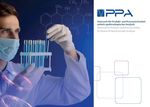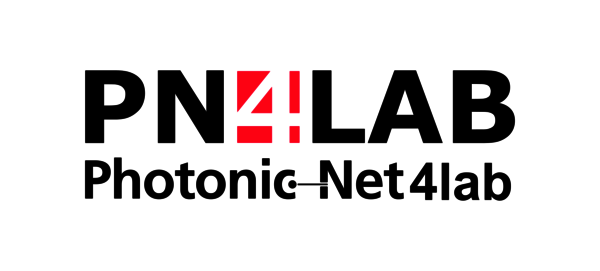Initial situation of the market and competition
Hazardous Substance Analysis / explosives detection
Explosive detection at airports and at major events is mainly carried out with X-ray detectors. However, these have the disadvantage that they are very large and not very sensitive. Further results from the radiation source in the event of a fault hazard to personnel.
An alternative is the ion mobility mass spectrometry (short: IMS), is measured at which the ion drift velocity and compared with a database. However, IMS can not distinguish between structurally similar molecules so that false positives are possible; with SERS false alarms can be reduced.
For the analysis of liquids for explosives are conventional Raman spectrometers on the market, but do not allow the investigation of small amounts, as for example at airports is necessary in baggage and access controls.
Health / Life Science
In the field of quantitative analysis of LFIAs there are a number of equipment vendors which use mainly CCD technology. However, this is not sensitive enough for the envisaged by the network partners applications.
The potential of the (Raman) spectroscopy for the healthcare and life sciences sector is discussed for quite some time. In particular for the diagnosis of the Raman spectroscopy it could be interesting, since it is non-invasive. So far, the resolution was considered to be too low. The use of the SERS effect could solve this problem and open up a very interesting market for commercial Raman spectrometry.
Also in the health sector gas analyzes are carried out, for example, in alcohol tests. No respiratory gas analysis technology is not yet commercially available for other substances. Instead, mostly urine tests are performed. Only a few substances and saliva tests are available. With he tests available on the market, it is therefore often not possible to quickly determine when an unconscious patient, whether and if so, what drugs he had consumed.
Gas analysis
The purity of gases from industrial production must be checked regularly, as it may cause unwanted side effects in the re-use of these gases and possibly the health of end users is endangered (eg the gas production for medical purposes). To this end, a process mass spectrometer is currently routinely used (eg Fa. InProcess Instruments). However, the apparatus required for the mass spectroscopy is high, which makes the technology compared to Raman spectroscopy more expensive.
In biogas plants there are two different tasks for gas detection: This is on the one hand the analysis of the composition of the biogas before it is sent for recycling, on the other hand this is the identification of health risks posed by unintentionally released biogases, e.g. leaks. Both measuring tasks have different requirements and require the use of specially tailored to them metrology. Routinely the concentrations of methane (CH4), oxygen (O2), hydrogen sulphide (H2S) and Carbondioxid (CO2) captured. Here, conventional measuring instruments of a combination of measuring methods, namely IR absorption for capturing CO2 and CH4 and electrochemical measuring cells for measurement of H2S and O2 use. Through these different measurement methods, the devices are expensive and prone to failure. The use of a single device with spectroscopy technique would be an advantage here.



